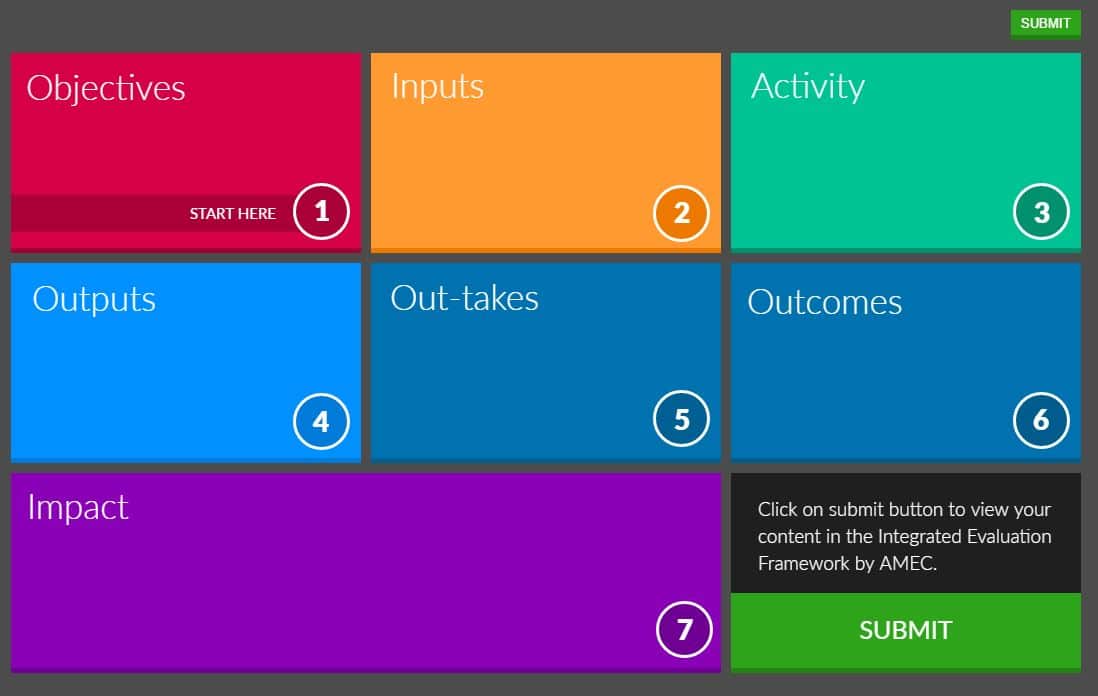No matter what industry you’re in, the standardization of measurement is crucial. A lack of measurement standardization can lead to disasters, including in some of the world’s most high-tech industries: think of the metric mistake that botched the Mars meteorology mission, when engineers failed to convert units from Imperial to Metric, costing NASA the loss of a $125-million satellite.
I don’t know that any PR pros have suffered that kind of loss as a result of messy or conflicting measurements, but the PR industry has, nevertheless, long suffered from a lack of agreed-upon metrics. When different agencies and groups measure success differently, there can be no comparison, no true yardstick of achievement, and confusion reigns.
Our industry has been working toward a standard since PR first emerged as a legitimate communications trade, and, while we’ve yet to perfect one, we are much closer now than ever before to standardizing PR measurement. This is thanks in large part to the International Association for Measurement and Evaluation of Communication (AMEC) and the work it’s done in the field, primarily the Barcelona Principles and AMEC’s Integrated Evaluation Framework.
Agility PR Solutions recently gave me the opportunity to take AMEC’s Certificate in Measurement and Evaluation program, which allowed me to familiarize myself further with AMEC’s framework.
The framework, an accessible interactive tool on AMEC’s website, lets users easily lay out and detail plans to measure events or campaigns. Simply fill in the tiles on the site. The tiles have been created, numbered, and labeled in order to clearly define all parts of your plan.

Outputs vs. Out-takes vs. Outcomes
Takeaway metrics of a campaign are perhaps the most important portion of the framework, as it’s these that truly measure success. Steps 4, 5, and 6 of the Integrated Evaluation Framework demand that users follow up on the effectiveness of their work by assessing the final impact of the campaign.
Outputs is a quantitative and qualitative tile that measures various paid, earned, shared, and owned media or content generated though the campaign’s activities and inputs.
Out-takes are what your target audience takes away from the content you’ve produced – understanding, perception, engagement, and so on. Was your message received?
Finally, outcomes are based on concrete results: how has the campaign or event increased web traffic or subscription levels?, for example.
These three framework pieces do a great job of setting up the measurement standards for campaigns and events before the first, by forcing PR pros to think ahead. The inclusion of outputs, outtakes, and outcomes in the framework, in my mind, really holds the user accountable – it’s not just about completing a campaign anymore, but about measuring its full impact both during and after.
The measurement of PR efforts needs to be standardized. No longer is it acceptable to just scream into the wind and assume that someone hears.
By all means, go ahead and scream, but you have to be able to prove that your message got across, that your communications strategies and their outcomes resulted in the achievement of business objectives. In short, you have to be able to justify your work. And the sooner we can all agree on the best and most effective ways to measure that, the better off we’ll all be.



